How Does the Plantar Pressure Distribution Tester Serve Foot Sports Medicine?
Foot sports medicine is a specialized branch of healthcare that focuses on the prevention, diagnosis, and treatment of foot-related injuries and conditions caused by physical activity. The plantar pressure distribution tester plays a vital role in this field by providing detailed insights into foot mechanics, helping professionals address issues and optimize performance. This article will explore the ways in which this innovative tool serves foot sports medicine, benefiting athletes and professionals alike.
Understanding the Plantar Pressure Distribution Tester
A plantar pressure distribution tester is a device designed to measure and analyze the pressure patterns exerted by the foot during various activities. By collecting data on how pressure is distributed across different regions of the foot, it helps identify irregularities that may lead to injuries or reduced efficiency in movement.
This tool is particularly useful in sports medicine, where foot health is critical for athletes striving to perform at their best while minimizing the risk of injury.
Key Applications in Foot Sports Medicine
1. Injury Prevention
One of the primary goals of sports medicine is to prevent injuries before they occur. The plantar pressure distribution tester helps by:
Identifying Pressure Hotspots: Detecting areas of excessive pressure that could lead to conditions like plantar fasciitis, metatarsalgia, or stress fractures.
Monitoring Gait Patterns: Highlighting irregular walking or running patterns that may contribute to injury over time.
Evaluating Footwear: Ensuring athletes use shoes that properly support their unique pressure distribution needs.
2. Diagnosing Existing Conditions
For athletes already experiencing foot pain or discomfort, the tester provides critical diagnostic data by:
Pinpointing pressure imbalances that might cause specific injuries.
Highlighting asymmetrical gait patterns often linked to underlying conditions like Achilles tendonitis or shin splints.
Supporting differential diagnosis by providing visualized data.
3. Performance Optimization
In competitive sports, even minor improvements in biomechanics can lead to significant gains. The tester supports optimization by:
Refining Techniques: Helping athletes adjust their stride, posture, or balance for better efficiency.
Enhancing Training Regimens: Offering data that informs customized training routines tailored to individual needs.
Customizing Equipment: Assisting in the design of personalized insoles or footwear that enhance performance.
Core Benefits for Athletes
1. Real-Time Feedback
Modern plantar pressure testers offer real-time feedback during activities such as running or jumping, enabling immediate adjustments.
2. Personalized Care
The data collected is unique to the individual, allowing for targeted interventions that cater specifically to their requirements.
3. Injury Recovery
For athletes recovering from foot injuries, the tester aids rehabilitation by monitoring improvements and guiding therapy.
How Sports Medicine Professionals Use the Tester
1. Podiatrists
Specialists use the tester to assess and address biomechanical issues, often designing orthotics or recommending exercises.
2. Physiotherapists
Rehabilitation experts incorporate the tester into treatment plans, tracking recovery progress and ensuring proper movement mechanics.
3. Trainers and Coaches
Athletic trainers rely on the device to refine techniques and prevent repetitive strain injuries in athletes.
Integrating the Tester into Sports Medicine
1. Data Analysis Tools
Advanced testers often come with software that generates comprehensive reports, enabling professionals to analyze trends and patterns effectively.
2. Dynamic Testing Environments
Some devices allow for dynamic assessments, capturing data during high-impact activities like sprinting or jumping, which is crucial in sports.
3. Educational Insights
Educating athletes about their foot mechanics using visualized data empowers them to take proactive steps toward injury prevention and performance enhancement.
Real-Life Applications in Different Sports
1. Running and Track Sports
Evaluates foot strike patterns to prevent overpronation or supination.
Optimizes running techniques for better speed and endurance.
2. Basketball and Tennis
Assesses jump landing mechanics to avoid ankle injuries.
Monitors lateral movements to improve agility.
3. Soccer and Football
Detects imbalances caused by repeated kicking motions.
Guides training for multi-directional movements and explosive speed.
4. Cycling
While cycling involves minimal foot impact, pressure distribution in the shoe can affect pedaling efficiency and comfort.
Choosing the Right Plantar Pressure Distribution Tester
For professionals in sports medicine, selecting the right device is critical. Key considerations include:
Sensor Sensitivity: High-resolution sensors capture detailed pressure variations.
Portability: Lightweight devices are ideal for on-field assessments.
Software Features: Look for systems that integrate seamlessly with analysis software.
Durability: Robust models withstand frequent use in demanding environments.
Future Prospects in Foot Sports Medicine
Advancements in plantar pressure distribution testers continue to expand their applications, including:
Integration with Wearables: Portable systems combined with smart technology for continuous monitoring.
AI-Driven Analysis: Machine learning algorithms that predict injury risks based on historical data.
Virtual Reality: Simulated environments for testing and training.
The plantar pressure distribution tester has revolutionized foot sports medicine, bridging the gap between science and practical application. From preventing injuries to optimizing athletic performance, its role is indispensable for athletes and professionals alike.
By investing in this technology, sports medicine practitioners can offer better care, and athletes can achieve new levels of performance and foot health. Embrace the potential of this remarkable tool and take the first step toward a healthier, more efficient future in sports.

 +86-0755-86131192
+86-0755-86131192 2024-12-27
2024-12-27 Back to list
Back to list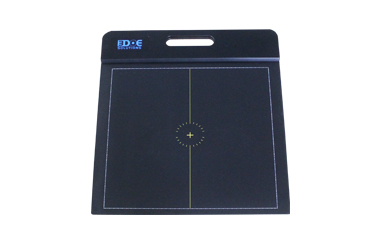
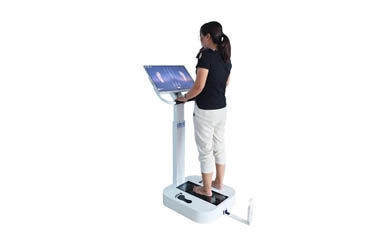
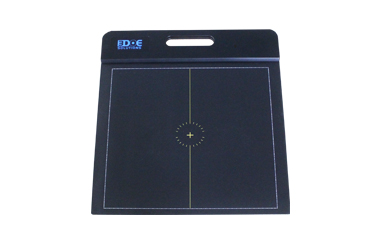
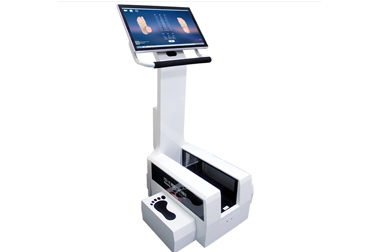
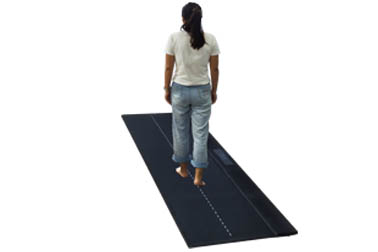
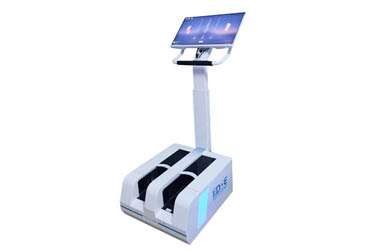



 +86-0755-86131192
+86-0755-86131192